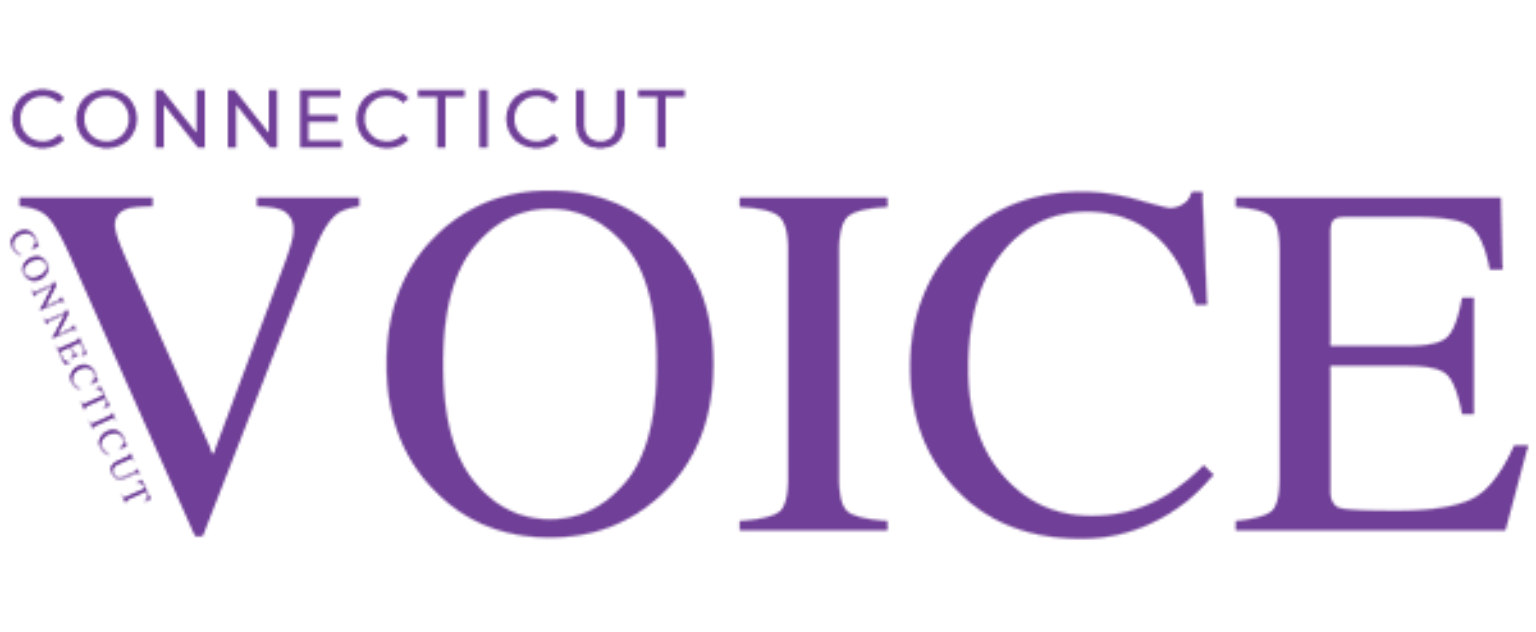Bisexual people comprise the largest group within the LGBTQ+ community. This surprises a lot of people when they first hear it. Bisexuality isn’t discussed as much as other queer identities, which makes it easy to assume it’s a very small group. It’s not, though: 50 percent of people who identify as LGB are bisexual.
Why the disparity? Well, for starters, appearances can be deceiving. It’s much harder to identify a person as bisexual based on the partner you see them with. If the person is a woman, and is with a female partner, you might assume she’s gay. If the same woman is with a male partner, she would likely be assumed straight. Unless she informs you she’s bisexual, you can’t tell from looking. And in most scenarios, she won’t. After all, it’s hardly appropriate to walk around town with your partner shouting “I’M BISEXUAL!” at every passer-by.
Unfortunately, myths about bisexuals abound. You’ve probably heard jokes about bi folks being slutty or promiscuous, or not being able to “choose” a side. These jokes come from deeply rooted heteronormative social values. Ambiguity can make people uncomfortable, and instead of accepting bisexuality as a variation of human attraction, society portrays bisexuality as a phase, or the “last stop on the train to gay-town.”
There is also the matter of definitional misunderstanding. When we first learn about bisexuality, we are told it’s an equal attraction to men and women. Right? Wrong! In our modern world with an ever-expanding knowledge of gender diversity, the label “bisexual” has expanded accordingly. Even the Oxford Dictionary now defines bisexuality as an attraction to more than one gender.
Many major LGBTQ+ advocacy organizations and individuals use “bisexual” as an overarching term known as the “Bi+ umbrella.” The use of the plus sign denotes the wide range of experiences and labels that may fall under the category of bisexual: pansexual, omnisexual, plurisexual, and more.
So what does this all have to do with sexual health?
If you’re a long-time reader of my Sex Talk column, you will know that I am always harping on the way marginalizing identities leads to worse health outcomes. It’s no different for bisexuality. When bi individuals are treated differently, unfairly, or with poor understanding at the hands of healthcare professionals, the result is subpar healthcare.
For example, say a bisexual man who is in a primary relationship with a woman goes to the doctor. The doctor asks what gender their partner is, hears “female,” and asks no further questions. This doctor has most likely assumed that the patient is a straight man. This means he will receive care that is considered standard for men who only have sex with women. He will probably not be tested for rectal STI’s, nor will he be told about interventions like PrEP.
On the flip side, imagine a man whose primary relationship is with a man seeing the same doctor. The doctor assumes he is gay and gives him information on PrEP and rectal STI screening. However, the patient receives no counseling on pregnancy prevention, because he was never asked if he also has sex with women. If enough professionals omit this information often enough, the patient may lack the knowledge he needs to protect himself and other partners, present or future.
This binary view of sexuality—the assumption that someone is either straight or gay—renders bisexuals virtually invisible to the medical establishment at large, according to the American Medical Association. In the rare instance where bisexuals are acknowledged, they are often categorized with gay or lesbian folks, rather than as their own distinct group with their own sexual health needs.
Fear of self-disclosure can complicate the situation even more. According to the Human Rights Campaign, LGBTQ+ individuals frequently omit mention of their sexual orientation to healthcare providers, or even lie about it, for fear of discrimination. Bisexual people, in particular, are likely to feel uncomfortable fully disclosing their sexuality to anyone at all, let alone doctors. When a provider doesn’t have the full picture of a person’s sexual behaviors and orientation, they cannot address sexual health comprehensively.
Okay, so this all sounds really negative. What do we need to do to change it?
For starters, healthcare providers must be well-versed in LGBTQ+ identities—and receive continuing education on such topics. As science advances, so does our understanding of gender and sexuality. The risks experienced by different groups within the LGBTQ+ community may also change over time, and providers must be aware of these changing risks to address them adequately.
As a society, we need to start talking about bisexuality more. Being gay is normalized in many parts of the country now, but when we find out someone is bi, many of us still react with surprise. Bisexuals often experience “double discrimination.” That is they’re too “straight” for queer spaces and too “gay” for mainstream or straight spaces. Bisexual people are neither straight nor gay. Bisexuality is its own unique identity. The sooner we acknowledge this and extend our inclusivity to bisexuals, the sooner we can address sexual health and wellness disparities that the community faces.
—Kim Adamski









More Stories
Dancing in Hard Times
Breaking Access Barriers: Connecticut’s Bold New Step Toward Mental Health Parity
Three Gay Guys Talking Cars